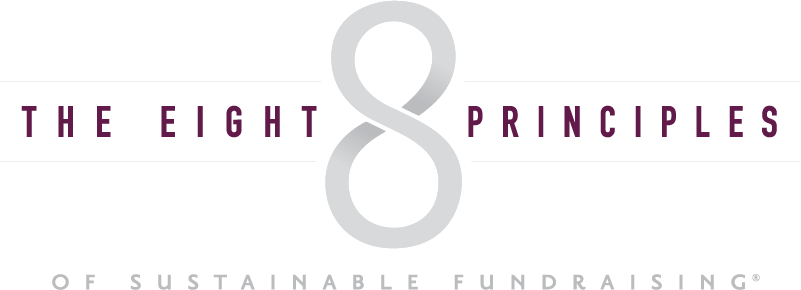When you’re evaluating of the effectiveness of a fundraising program you often have to look no farther than the internal language being used by the staff and volunteers who execute that program.
Professional jargon is an unfortunate occurrence in just about any profession. They’re lots of reasons for this and they’re beyond our discussion today.
The character of the jargon is what I’m focusing on here. Are the terms you’re using those that bespeak of respect for the values and dreams of your potential investors and of your desire to engage these investors in a relational way? Or, do the terms objectify these dear friends and supporters and reduce them to commodities.
Referring to donors as fruit ripening on trees ready for your plucking or the initial engagement of your supporters as some sort of donor entry chute puts your mind into a certain frame, doesn’t it? No one does this, you say? Think again. These very terms I have heard used more than once.
This dehumanizing approach does raise money. For a season. It’s like the inverted “U” of Malcolm Gladwell, however. Raising a rush at first, leveling, then dropping off ending in a steady head wind of increasing donor push back if you don’t change course.
Sure, you need to be systematic and consistent in your fundraising efforts. Fundraising isn’t about systems, however. It can’t be. It’s about people. Successful and growing programs in philanthropy see each donor in individual terms. Treat them accordingly, and never, ever reduce them to so much produce.
Principle 6 of The Eight Principles™ is Divide and Grow™. The unique fundraising idea says that different people need to be treated as individuals—and differently.


